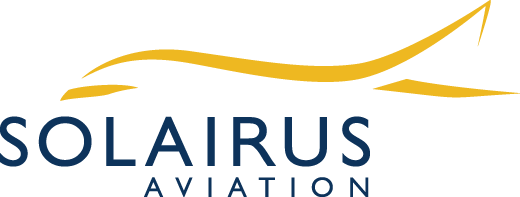Berlin is a hip, energetic urban center along the banks of the Havel and Spree Rivers. As a cultural melting pot, its six million residents represent more than 180 nations, giving it a welcoming cosmopolitan atmosphere with a young heart. Among its grand neoclassical buildings, swanky shopping boutiques and leafy streets, no tour of Berlin is complete without a look at its rich history. As you walk through the reunited capital, it’s clear that its past is not just found in books. It’s a city that looks to the future while acknowledging its past with memorials that confront its difficult history, serving as a reminder to never forget to embrace the world confidently and constructively as you tour the globe in your private jet.
Historical Landmarks in Berlin
Brandenburger Tor
Commissioned by Prussian King Frederick William II in the late 1700s as a symbol of peace, the Brandenburger Tor, or Brandenburg Gate, is one of the most recognized neoclassical monuments in Berlin. The massive columned gateway marked the site where the road from Berlin led to Brandenburg an der Havel. The gate stands on the site of major historical events that shaped the nation and the world making a symbol of Europe’s turbulent history and its unity.
When it was built, the Brandenburg Gate was one of 18 gates within the Berlin Customs Wall that surrounded the city, facilitating the levying of taxes of goods that came in and out. Modeled after the Propylaea, the gate that leads to the Acropolis from Athens, the Brandenburg Gate features 12 Doric-style columns that form five passageways. At the top of the gate, you’ll find the iconic east-facing Quadriga, a horse-drawn chariot driven by Eirene, the Greek goddess of peace.
Until 1919, only members of the royal family and invited guests were allowed to pass through the central passageway; travelers had to use the outer passages. When the Nazis claimed power, the gate became a party symbol. Incidentally, the gate suffered considerable damage during World War II, but was one of the few structures that remained standing in the Praiser Platz ruins.
After the war, East and West Berlin hastily restored the war-torn gate in a joint effort, allowing pedestrians and vehicles to travel through until the construction of the Berlin Wall. The gate’s east side served as one of the Berlin Wall crossings for West Berliners and West Germans. The checkpoint closed, however, after a protest in 1961.
When the Revolutions of 1989 toppled the Berlin Wall, the Brandenburg Gate’s border crossing reopened when West German chancellor Helmut Kohl walked through a passageway and East German prime minister Hans Modrow greeted him. Between 2000 and 2002, the Berlin Monument Conservation Foundation restored the gate, where it now serves as the centerpiece of Pariser Platz.
Berliner Mauer
Spanning 87 miles, the Berlin Wall , or Berliner Mauer in German, divided Berlin and the country from 1961 to 1989. Constructed by the Soviet-controlled German Democratic Republic in East Germany to prevent citizens from fleeing to West Germany, it was known as the “Anti-Fascist Protective Wall” or “Wall of Shame,” depending on which side you stood.
Before building the Wall, nearly four million East Germans overcame the Eastern Bloc emigration restrictions and defected to the West to take advantage of the freedoms that West Germans and other nations enjoyed. The Wall stalled almost all emigration. During the period, about 5,000 East Germans attempted to escape. With shoot-to-kill orders, soldiers killed up to 200 “fugitives” in and around Berlin alone. Berlin went from being the easiest place to make an unauthorized crossing to the most difficult. With families cut off from one another and their jobs, West Berlin became hostile and the scene of demonstrations and protests.
After Hungary disabled its border defenses along Austria in 1989, more than 13,000 East Germans escaped, setting off a chain of events that lead to mass protests and the East German government to allow citizens to move to Czechoslovakia. Many who fled entered Hungary via Czechoslovakia or the West German Embassy in Prague. Because of the strains that the refugees placed on neighboring countries, East Germany allowed people to cross into West Germany, including Berlin, through designated crossing points on November 9, 1989. With a flood of people at the gates after a miscommunication at an East German press conference, the outnumbered soldiers were ordered to open the checkpoints. Those on the West welcomed their Eastern brothers and sisters with flowers and champagne before climbing on top of the Wall to dance and bring it down. The fall of the Wall ultimately led to a reunited country and the collapse of the East German state in October 1990. Today, the remains of the Berlin Wall serve as exhibits that memorialize the divided city and nation and its victims.
